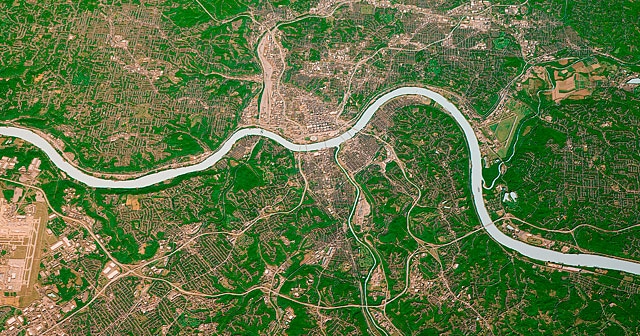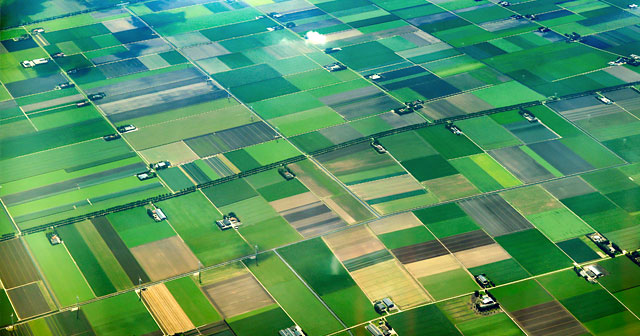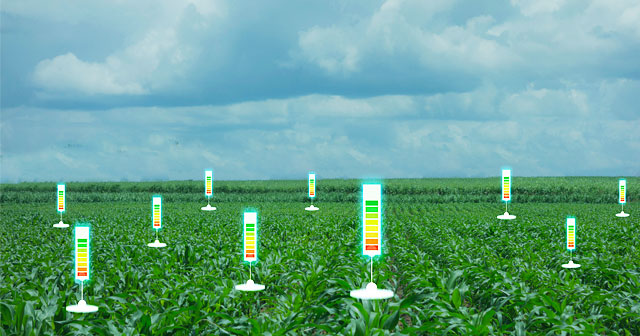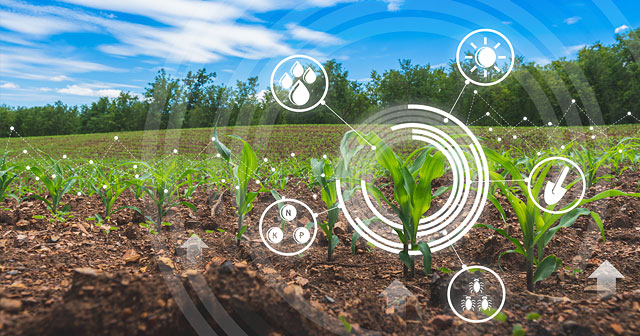Your Guide to Satellite Imagery in Agriculture

You need accurate data about the weather that impacts your fields. You also need it delivered in a time frame that allows you to act on it. Satellite imagery in agriculture can provide real-time data and trend analyses to maximize your operation.
If you’re ready to take your farming system to the next level, utilizing satellite imagery is critical. The DTN Specialty Agronomic Insights can streamline your day-to-day weather-related decisions. Reach out to DTN for a free demo today.
Use Satellite Imagery to Maximize Your Yield
In today’s market, it’s more crucial than ever to make use of every available advantage. With shifting regulations and a changing climate, margins are thin. And yet the demand for crops continues to grow with the global population.
Traditional weather forecasts are vague, slow, and often inaccurate. Satellite imaging produces precise data with enough lead time to be useful. The precision and timeliness of satellite pictures allow you to maximize your crop yield and profit.
High-resolution satellite photos used to be very expensive. But as technology has advanced, it has become more cost-effective and accessible for farmers to use regularly.
How Satellite Imagery in Agriculture Increases Productivity
Modern technology puts tremendous power in your hands so that you can enjoy increased revenue and profit.
Use a Detailed Satellite Forecast to Schedule Spray Applications
Wind, precipitation, and temperature can all affect the outcome of your spray application. A site-specific spray outlook forecast can help you achieve the most efficient use with the least washout.
Wind monitoring services send customized alerts when the wind speed or direction changes. Unexpected changes in the wind can carry your product off course, necessitating reapplication. A real-time alert allows you to act immediately and saves you from a loss of time and material.
With an app in hand, you can cut your response time even further by customizing your alerts to push to designated employees.
Identify Zones of Crop Stress
External factors beyond your control can wreak havoc on your crops. Excess heat and lack of precipitation can play a part in a diminished yield and a shrinking bottom line.
Again, technology has you covered in this situation. Amazingly, satellite imagery can identify areas of crop stress. Healthy vegetation reflects more near-infrared light than plants that are struggling. Your healthy vegetation will absorb more visible light than comparable areas of weak growth will.
Satellite images compare both kinds of reflective light across your land. Detailed images pinpoint variations in your field, giving you a head start to address problem areas.
This Is Not Your Grandpa’s Rain Gauge
It was only a couple of generations ago that farmers relied on a cup staked in the ground for their rain gauge. That was their technology for knowing how much precipitation had fallen.
Today’s tools can tell you exactly how much precipitation each square meter of your farm receives. The result is that you can rapidly identify and address any deficient areas without expending assets where they aren’t needed.
Know When the Rain Will Start and End
Thriving agriculture relies heavily on maximizing your resources, especially your time and money. A precision weather outlook can help you make the best use of your time by telling you when to expect precipitation.
This type of detailed hourly forecast is an excellent tool for mapping your daily operations. Relocate your herd before weather strikes or get seeds in a field before the rain comes.
Are There Limitations With Satellite Imagery?
Satellites can’t replace farmers and ranchers and don’t replace boots on the ground for collecting some data. They don’t store the knowledge and education you have about your crops or livestock.
While satellite imagery can show you areas with crop stress, they don’t determine weeds, pests, or disease. And they can’t identify whether this stress is water-, nutrient-, or soil-based. But they do work with your know-how and other technology to help you monitor crop growth.
Also, cloud cover can limit satellite imagery of the ground. Since clouds cover 70% of the Earth at any given time, there will be spans when satellites can’t capture photos.
Satellite pictures can show as much as an entire hemisphere in one photo. But to get significant detail, higher resolution of smaller areas is necessary.
So satellites work around cloud cover by taking multiple photos from a variety of angles over time. Some areas may not be available at one particular moment. For example, if you wanted to see your front porch at exactly 6:57 pm on Tuesday, that might not be possible.
But the aggregation of photos would yield a consistent progression of data. Apps can compile that data to pinpoint changes compared to previous conditions at that location and other places on your land.

What Do You Get With a Satellite-Based Weather Subscription Service?
Your local weather forecast is ideal for people who are wondering how to dress for the day. Owners and operators in the agricultural world need an outlook that gives much more information.
For best results, choose an agricultural satellite forecast that includes:
- Customized Map Layers – View the details that are important to your operation in an interactive format.
- Custom Alerts – Get site-specific information that applies to your current schedule. Change your alerts to be relevant throughout your operation cycle.
- Detailed Hourly Forecasts – Receive an hour-by-hour forecast for your precise location.
- Long-Range Forecasts – See what is coming in the weeks ahead with a 15-day forecast.
- One Source for All of Your Information – Your outlook compiles valuable data from all available inputs. You get streamlined data in one tidy package.
- Risk Alerts – Receive immediate notice of incoming storms, along with color-coded images, to help you quickly determine their significance.
- Mobile Alerts – Running an agricultural operation involves being constantly on the move. You need access to weather-related information wherever you go. Choose a plan that can send data to your phone or mobile device. You can also designate which employees should receive various alerts.
DTN Insights Keep You Moving Forward
A generation ago, farmers enhanced their production through advances in equipment and new chemical applications. Today’s farmers have access to innovative technology to fine-tune operations like never before.
Contact DTN to request a free demonstration of our powerful Specialty Agronomic Insights. We offer software solutions loaded with actionable insights to inform your business decisions.










 Comprehensive weather insights help safeguard your operations and drive confident decisions to make everyday mining operations as safe and efficient as possible.
Comprehensive weather insights help safeguard your operations and drive confident decisions to make everyday mining operations as safe and efficient as possible.



